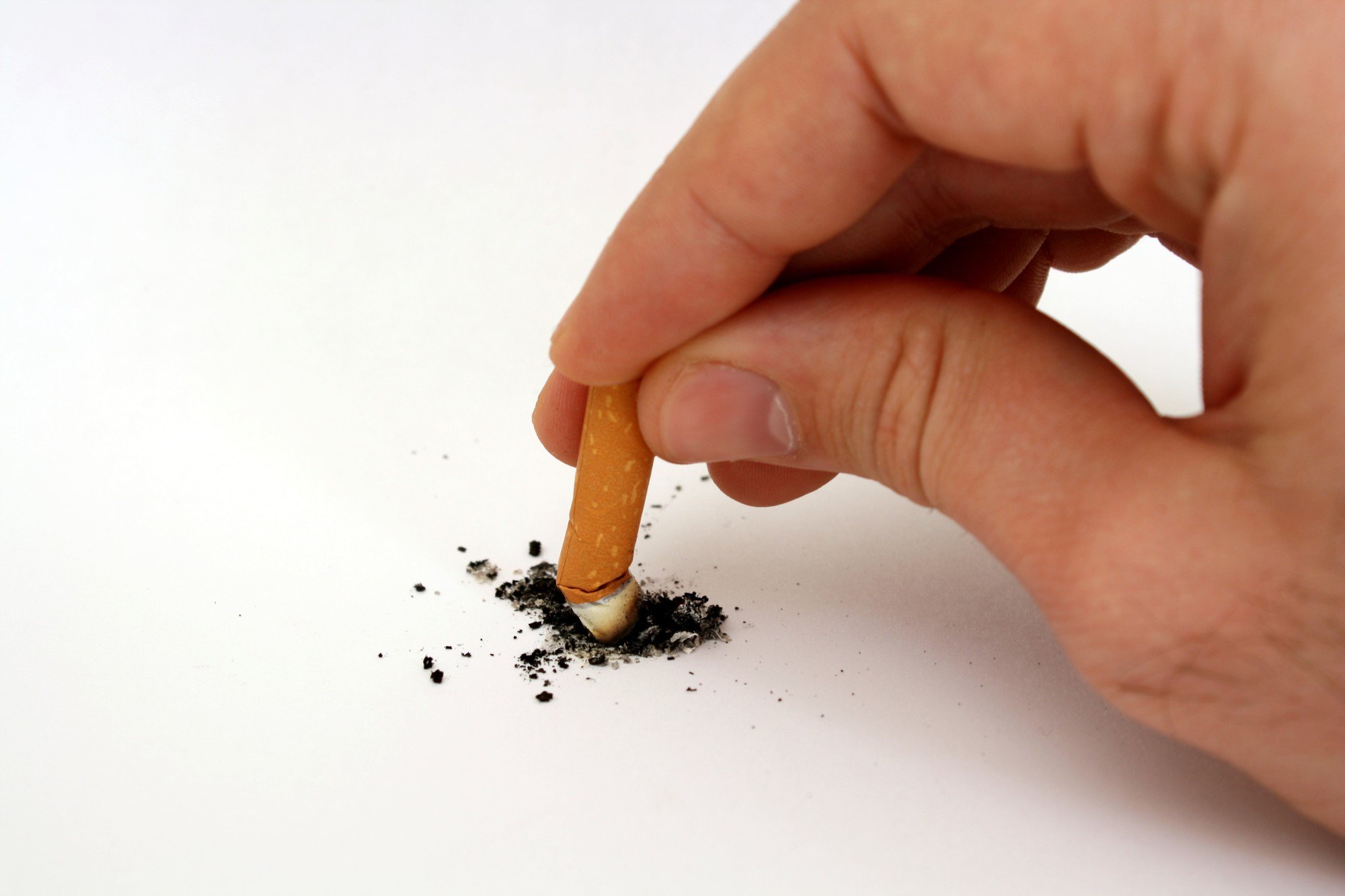
How to Quit Smoking Cold Turkey? Try a Smoking Cessation Aid

As of 2017, about 14% of Americans aged 18 or older smoke cigarettes. From that population, nearly 70% have expressed the desire to quit smoking altogether.
So why don’t they? Not only do cigarettes contain nicotine, a highly addictive substance, but many smokers have built smoking into their day-to-day routines. Whether they consider smoking a stress relief or a reason to take a break and step outside for a few minutes, breaking the mental habit can be just as hard as recovering from physical addiction.
There are a few ways to quit smoking, and the method you choose comes down to finding a plan that works best for you. If you’re wondering how to quit smoking cold turkey, you’ve come to the right place!
We’re going to discuss some of the ways that you can put down the pack immediately and how using a smoking cessation aid can take you from “trying to quit” to “totally smoke-free!”
Why Quit?
We all know that smoking isn’t good for your health, but do you know what quitting can do to improve your health?
Smoking raises your blood pressure and heart rate. It can also damage your circulation and lung function, increase your risk of a heart attack or coronary heart disease, and cause cancer of the mouth, throat, lungs, and more.
After the first 3 months of quitting, everything from your high blood pressure to your risk of having a heart attack is lowered. After the first year, your risk of coronary heart disease is cut in half. By the time you’ve been smoke-free for 15 years, the odds of your development of coronary heart disease levels out with everyone who has never smoked in their life.
The sooner you quit, the sooner you can get your health back on track and leave those life-threatening possibilities behind.
What to Expect When You Quit
Many smokers experience unpleasant symptoms in the first weeks or months after cutting cigarettes out of their lives. Knowing what to expect can help you stay focused on the end-goal, even in the face of withdrawal symptoms.
You may feel increased irritability in the first few days. Your body wants nicotine and your brain wants to fulfill the routine of smoking you’ve gotten so used to, and you’re depriving both of that satisfaction.
It’s also not uncommon to experience constipation as your small bowel adjusts to fulfilling its duty without the added pressure nicotine once put on it.
Perhaps one of the more surprising side effects of quitting is smoker’s flu. It may seem counterintuitive that your body exhibits flu-like symptoms because you’ve quit smoking, but know that it’s not contagious and it’s actually a sign that your lungs are working overtime to repair themselves.
If you feel increased congestion or develop a phlegmy cough, it’s because your lungs are expelling all of that extra mucus it built up in reaction to the cigarette smoke.
These and other symptoms can lead many smokers away from quitting and back towards their old habits. So how do you push through?
How to Quit Smoking Cold Turkey with a Little Help
One of the hardest things to overcome while quitting is the intense craving for nicotine you may feel in the first several weeks. Paired with the desire to fulfill that hand-to-mouth routine, this can be pretty unbearable. That’s why using a smoking cessation, like nicotine gum, the nicotine patch, or smoking cessation drugs can give you that extra push you need to break the habit.
How Smoking Cessation Aids Work
Smoking cessation aids release nicotine into your body to provide some relief for your nicotine cravings. For example, you can absorb nicotine through the mouth by chewing nicotine gum or through the skin by using the patch. You may also explore the option of nicotine inhalers and mists or electronic cigarettes which work orally, like the gum, but without the constant chewing.
Which one you use and the strength you purchase will depend on your individual needs. Typically, smoking cessations will come in a variety of strengths, the weakest built to accommodate someone who is used to smoking less than half a pack a day and the strongest to accommodate heavy smokers.
When deciding which method to use, consider what bothers you the most about giving up smoking. If you feel like the act of smoking, itself, is what appeals to you most, consider using nicotine gum. Chewing gum can help to assuage your oral fixation. If you’d rather use something that requires less effort and is less noticeable, try using the patch.
If you’re interested in smoking cessation drugs, talk to your doctor to find out more about your options. The most effective cessation drugs are prescription only.
Smoking Cessation Guidelines
Smoking cessation aids are not meant to be used for a lifetime. Most are designed to work with you over a period of six weeks to a few months. Most will also have a recommended maximum use per day, and it is advisable to follow the instructions carefully.
Once you’ve stopped smoking cigarettes, you will want to decrease your dependence on smoking cessations steadily over time. For example, you may be chewing a piece of nicotine gum every two hours for the first week. By week two or three, you’ll want to get that number down to a piece every four hours, and so on.
For the best results, talk to your doctor or pharmacist about the best plan of action. Consider joining a support group or asking the people you trust to help hold you accountable and make sure you are using your smoking cessations responsibly.
If you’re not sure how to stop smoking, never be afraid to ask for a little help!
Kick the Habit Today
Quitting can be daunting, but it doesn’t have to be terrible. You know how to quit smoking cold turkey with the assistance of smoking cessations and now you just have to want it.
If you have questions about smoking cessations or where you can find the best deals to kick your habit without emptying your wallet, contact us today!

